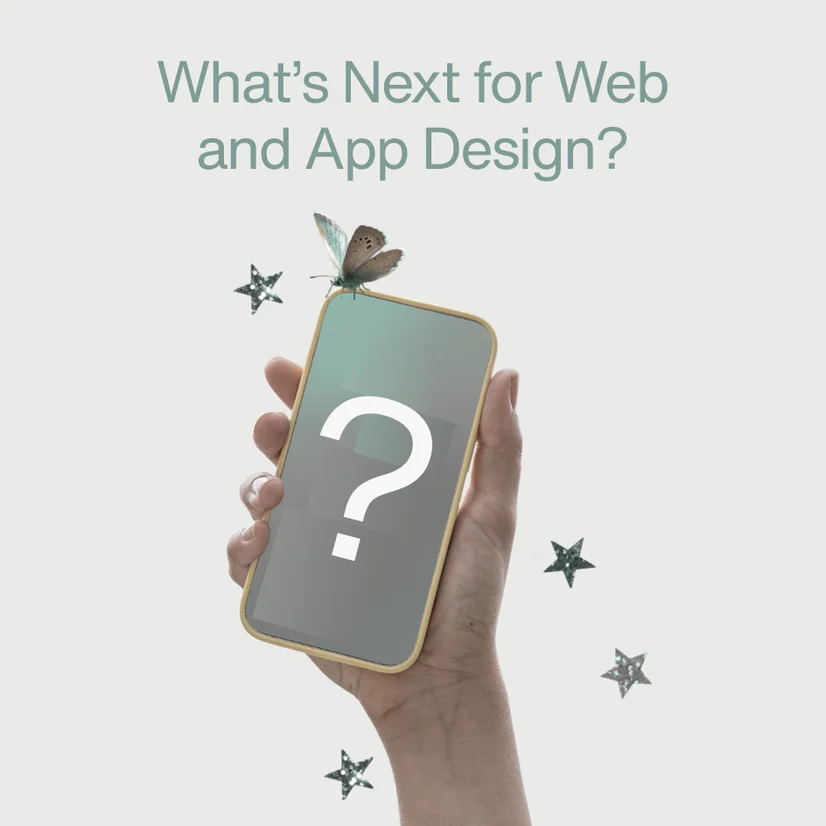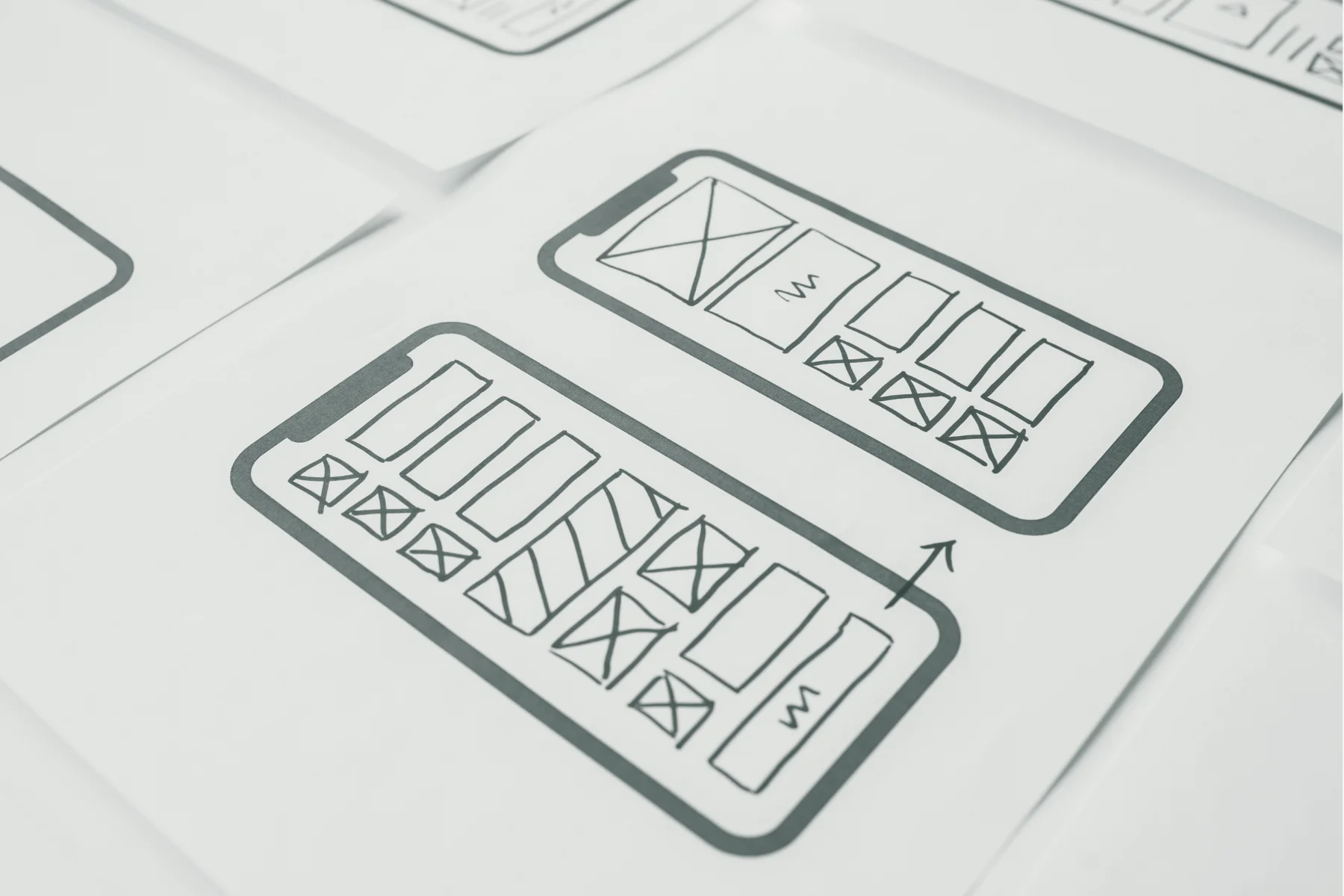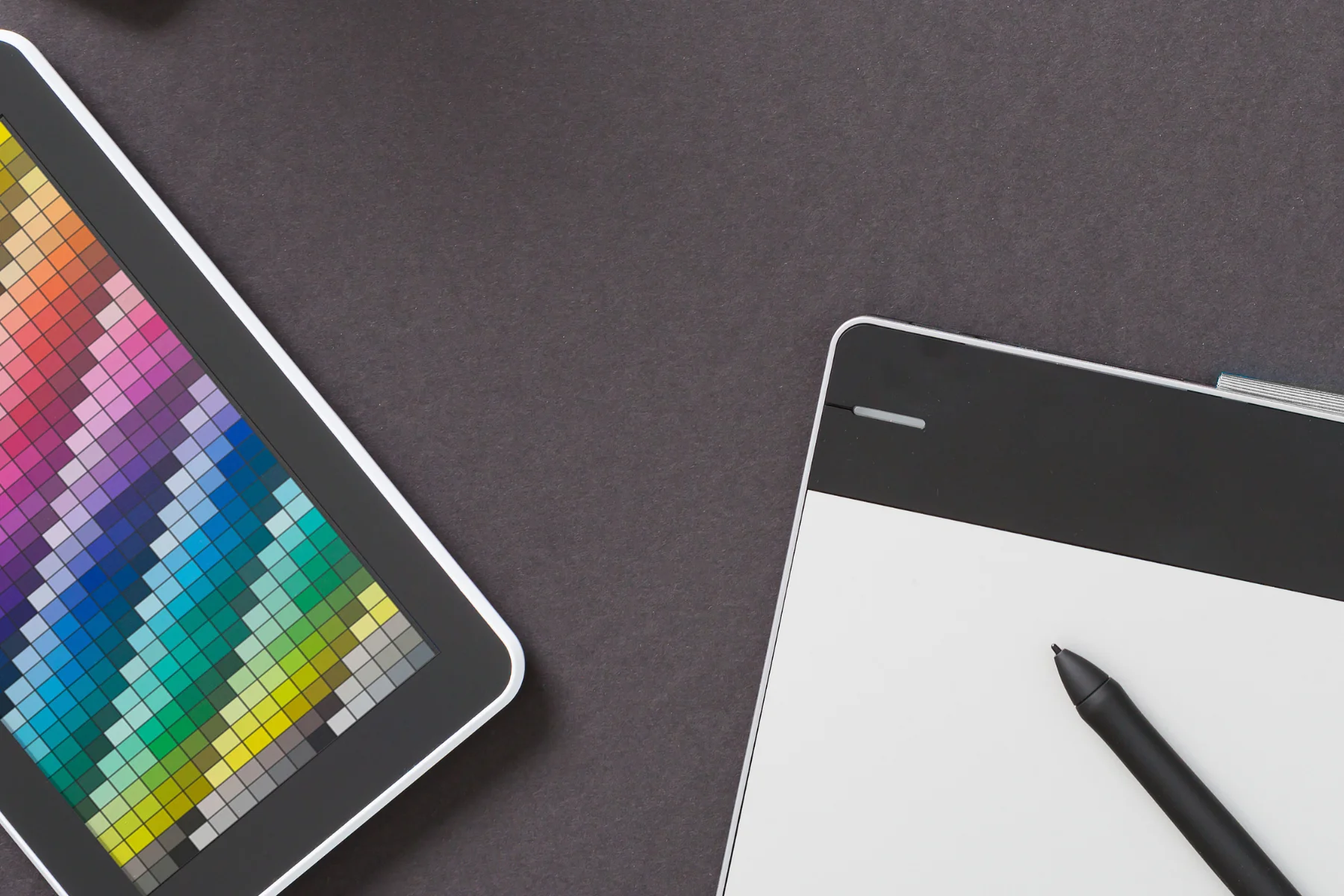The New Era of AI in 2025: From Gemini 3 to Creative AIs
Learn about the best AI tools for 2025, including Nano...
We use cookies for our website to give you the most relevant experience by remembering your preferences. By clicking “accept”, you consent to use of ALL the cookies
This website uses cookies to improve your experience while you navigate through the website. Out of these, the cookies that are categorized as necessary are stored on your browser as they are essential for the working of basic functionalities of the website. We also use third-party cookies that help us analyze and understand how you use this website. These cookies will be stored in your browser only with your consent. You also have the option to opt-out of these cookies. But opting out of some of these cookies may affect your browsing experience.
Necessary cookies are absolutely essential for the website to function properly. These cookies ensure basic functionalities and security features of the website, anonymously.
| Cookie | Duration | Description |
|---|---|---|
| cookielawinfo-checkbox-functional | 11 months | This cookie is set by GDPR Cookie Consent plugin. The cookie is used to store the user consent for the cookies in the category “Analytics”. |
| cookielawinfo-checkbox-functional | 11 months | The cookie is set by GDPR cookie consent to record the user consent for the cookies in the category “Functional”. |
| cookielawinfo-checkbox-necessary | 11 months | This cookie is set by GDPR Cookie Consent plugin. The cookies is used to store the user consent for the cookies in the category “Necessary”. |
| cookielawinfo-checkbox-others | 11 months | This cookie is set by GDPR Cookie Consent plugin. The cookie is used to store the user consent for the cookies in the category “Other. |
| cookielawinfo-checkbox-performance | 11 months | This cookie is set by GDPR Cookie Consent plugin. The cookie is used to store the user consent for the cookies in the category “Performance”. |
| viewed_cookie_policy | 11 months | The cookie is set by the GDPR Cookie Consent plugin and is used to store whether or not user has consented to the use of cookies. It does not store any personal data. |
Functional cookies help to perform certain functionalities like sharing the content of the website on social media platforms, collect feedbacks, and other third-party features.
Performance cookies are used to understand and analyze the key performance indexes of the website which helps in delivering a better user experience for the visitors.
Analytical cookies are used to understand how visitors interact with the website. These cookies help provide information on metrics the number of visitors, bounce rate, traffic source, etc.
Advertisement cookies are used to provide visitors with relevant ads and marketing campaigns. These cookies track visitors across websites and collect information to provide customized ads.
Other uncategorized cookies are those that are being analyzed and have not been classified into a category as yet.
Cyberia Tech, Inc. respects your privacy. This Privacy Policy explains how we collect, use, and share your information. By using our services, you agree to this policy. If any other agreements conflict with this Privacy Policy, the terms of those agreements prevail.
Cyberia Tech complies with the EU-US and Swiss-US Privacy Shield Frameworks for handling personal data from the EEA, UK, and Switzerland. In case of any conflict, the Privacy Shield Principles prevail. Learn more at Privacy Shield. Key Definitions
Information linked to an individual, transferred from the EEA, UK, or Switzerland to the U.S.
Data revealing race, religion, health, sexual orientation, and similar categories.
Effective Date: [ 2025 / 12 / 12 ]
Welcome to The Cyberia Tech ! By accessing or using our website or services, you agree to
comply with and be bound by these Terms of Use and our Privacy Policy. If you do not agree with
these terms, please do not use our Services.
Loading
0 %

The field of digital design is changing quickly as 2025 draws near. Interfaces for websites and apps must now be intuitive, customised, and closely aligned with user expectations; they can no longer be merely aesthetically pleasing. At Cyberia Tech, we believe that understanding web and app design trends 2025 is a must for crafting experiences that not only attract the users but more importantly keep them.
By 2025, UI/UX design will have grown more intelligent. We’re witnessing a merging of design and behavioral science; interfaces are no longer static containers of information, but living systems that respond to user intent and emotion. One important trend in design is anticipatory design, which greatly reduces friction by proactively supporting user actions.
Motion, depth, and responsive typography are key components of emotionally evocative visuals. The design process incorporates accessibility as a fundamental principle rather than as a last-minute check. The goal of these UI/UX design trends for 2025 is to create a smooth, compassionate, and data-driven experience for every user.

As user behaviours change, app designers are focusing on seamless transitions. By 2025, mobile applications are no longer stand-alone tools but rather are a part of a connected digital environment that includes devices, platforms, and even physical spaces. These shifts are defining the most dynamic web and app design trends 2025.
Today’s users expect their apps to recognise their location, activities, and preferred methods of interaction. Context-aware interfaces use sensors, time-of-day data, and behavioral history to tailor experiences. A fitness app might, for instance, transition from lively, upbeat images during a morning workout to more serene, recuperation-friendly tones at night. This real-time adaptation helps the user feel seen and supported Without requiring extra input from them.
With the growing number of smart devices, continuity across platforms has become essential. Users might begin a task on a smartwatch, continue it on a phone, and finish it on a tablet or desktop. Apps must now offer consistent interfaces and data syncing that allow for this fluid transition. Designers are rethinking UI patterns to ensure the core functions remain intuitive across screen sizes, input types, and interaction models. This seamless connectivity is a core part of web and app design trends 2025.
Gesture-based control is no longer just for gaming consoles. With foldables, wearables, and LiDAR-enabled devices becoming more mainstream, touchless and motion-based UI has gained momentum. Instead of tapping a button, users may swipe in the air or tilt their device to trigger actions. This opens up new creative possibilities for designers, but also challenges them to maintain usability and prevent accidental inputs. This physical-digital fusion is an emerging hallmark of 2025 design trends for apps.
Voice assistants and chatbots are evolving beyond scripted responses into emotionally intelligent interfaces. Using sentiment analysis and tone detection, apps now adapt the language and pace of conversation to match the user’s emotional state. For instance, if a user sounds frustrated, the system might switch to a more empathetic and supportive tone. These conversational UIs are making apps feel more human, and more helpful, which is why they’re one of the standout web and app design trends 2025.
Small animations, haptic feedback, and subtle transitions are doing big work in 2025. These microinteractions signal progress, provide feedback, and bring personality into everyday interactions. Whether it’s a confetti burst when a goal is reached or a satisfying click when toggling a setting, these details help build emotional connections with users. More than just visual candy, they create a more memorable and enjoyable user experience, a key element in web and app design trends 2025. Take a look at this video that explains why microinteractions matter:

Minimalism in 2025 is no longer just a preference, it’s a strategic response to digital overload. With users constantly bombarded by content, minimalist UI/UX design trends have emerged as a way to bring visual clarity and mental relief. Check out our deep dive into UI/UX design principles to see how great design can transform your business.
These minimalist UI/UX design trends are not about stripping things down, they’re about thoughtful reduction. Every element must earn its place, making interfaces feel effortless and intentional.

Users expect technology to know them, without being invasive. In web and app design trends 2025, personalized UX is being shaped by AI, on-device learning, and ambient data. Whether it’s tailoring a homepage layout based on the time of day or adjusting tone based on user sentiment, personalization is becoming more intuitive. Designers must walk a fine line between helpful and creepy, ensuring data use is transparent and consent-driven. Empathetic UX is on the rise, where systems adapt not only to behavior but also to mood, routine, and accessibility needs. The result is apps and websites that resonate emotionally, building trust and encouraging long-term engagement.

AI is revolutionizing design from ideation to execution. In 2025, designers leverage AI to analyze behavioral data, suggest layouts, predict bottlenecks, and even generate content. Tools like Figma AI and Adobe Sensei allow for smarter prototyping, while AI chatbots and agents enhance user assistance. AI-driven UI/UX design trends extend into the user journey, with predictive UX anticipating actions and offering suggestions before users articulate them. Real-time accessibility enhancements, like automatic captioning or adaptive contrast, make inclusivity scalable. Designers aren’t being replaced by AI; they’re being augmented by it, leading to faster workflows and more user-centered results.

Modern design systems are no longer passive libraries; they’re active frameworks infused with logic, motion, and automation. These intelligent systems not only ensure visual consistency but dynamically adapt based on context. Integrated accessibility rules, multi-language support, and modular components allow for rapid prototyping and scalable deployment. Automated QA and real-time A/B testing are embedded in workflows, helping teams iterate without breaking flow. In 2025, design systems help future-proof your work, ensuring relevance across evolving interfaces and ecosystems. They’re the foundation of every scalable web and app design trend 2025 strategy.
Inclusive design is non-negotiable in 2025. From high-contrast modes to support for neurodiverse users, every product must consider a spectrum of human diversity. Ethical design also plays a pivotal role, combating manipulative UI patterns (like dark patterns), prioritizing transparency in data use, and promoting mental wellness through intentional interaction flows. Cross-disciplinary collaboration is critical; designers now work alongside ethicists and psychologists to create genuinely supportive experiences. These principles aren’t add-ons, they are central to how modern digital products are built and sustained. Embracing inclusivity is one of the most critical web and app design trends 2025 for building trust.

With the rise of immersive tech like AR/VR and ambient computing, designers must build for the unknown. This means prioritizing modularity, cross-platform adaptability, and sustainable design practices. Staying ahead in 2025 means more than learning new tools, it means unlearning old habits. Flexibility, curiosity, and a bias toward experimentation are vital traits. Forward-thinking teams integrate web and app design trends 2025 directly into their process, from design thinking workshops to live user co-creation. The future belongs to those who prepare for it not as a threat, but as an open invitation to reimagine what’s possible.
AI is unlikely to replace UX designers, writers, strategists, or UI artists anytime soon. The human brain contains approximately 86 billion neurons, a level of complexity that far exceeds the capabilities of current computational power to fully replicate.
While UX design can be applied to virtually any product or service, UI design is specific to designing digital interfaces. In app design, both UX and UI work together, UX shapes the user journey, while UI brings it to life through visuals and interaction.
Web and app design is no longer just about what looks good, it’s about what feels right and earns trust. The trends shaping the future are deeply human at their core: empathy, accessibility, personalization, and ethical responsibility. Don’t just follow trends! Use them to build experiences that are smarter, kinder, and more connected. The future of design is already here and it’s designed for you.
Ready to embrace the next generation of digital design? Let Cyberia Tech guide you through the most transformative web and app design trends 2025. Contact us today.
You Can Get More Information!
